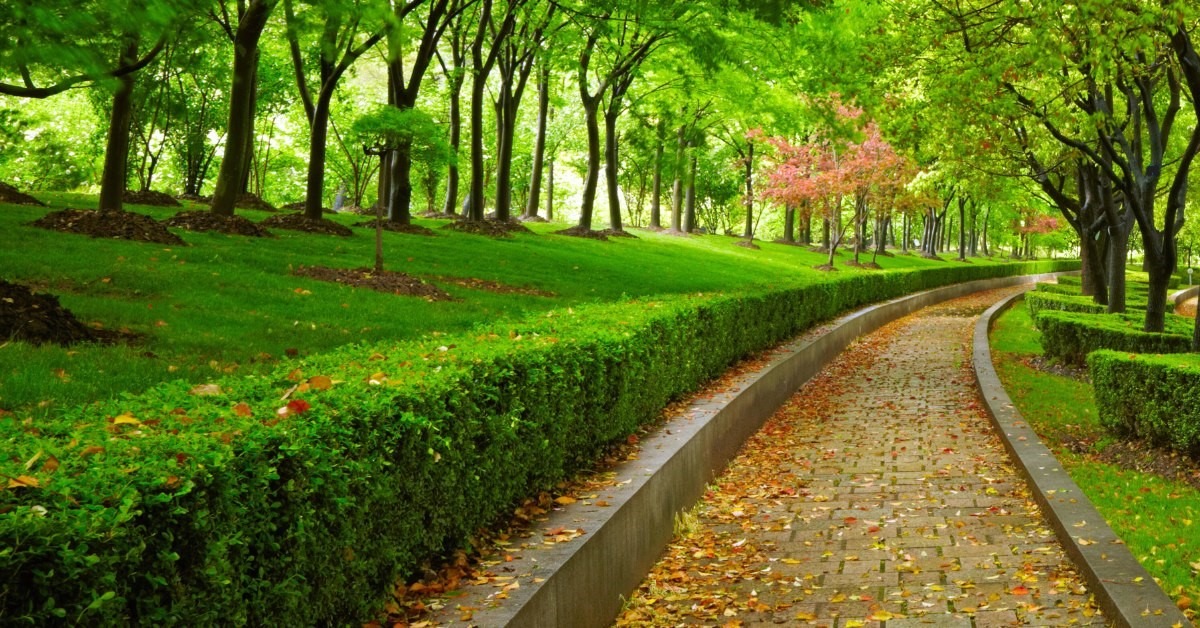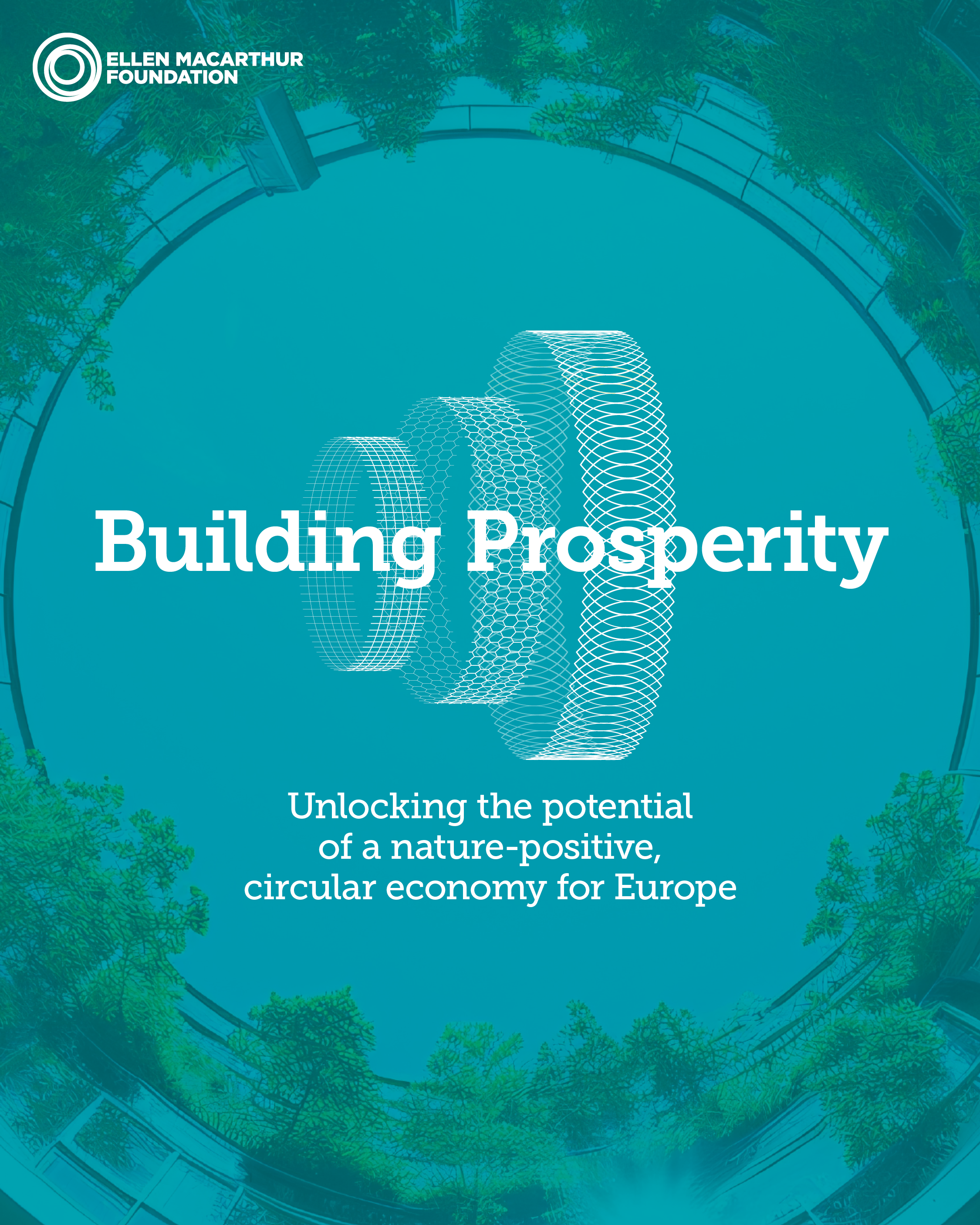Europe’s towns and cities are pivotal economic powerhouses with the potential to contribute to a prosperous and resilient European economy.
A new report published by the Ellen MacArthur Foundation with analysis and modelling by Systemiq reveals that transforming how they are built is key to unlocking massive economic, environmental and social benefits by 2035.
The report, ‘Building Prosperity: Unlocking the potential of a nature-positive, circular economy for Europe’, calls for the adoption of six circular strategies to transform Europe’s built environment. This will boost economic activity, increase climate resilience, and make cities more vibrant places to live and work.
Key findings include:
- Meeting housing needs: A circular transformation of Europe’s towns and cities could address 90% of housing needs while avoiding urban sprawl half the size of Belgium.
- Economic benefits: Business and society can reap €733 billion in yearly benefits by 2035.
- Savings for households and local businesses: Potential gains could reach €22 billion annually, including through lower energy and water charges.
- Materials savings: A circular approach could save 250 million tonnes of construction materials annually.
- Emissions reductions: Greener cities could cut emissions equal to taking 12 million cars off the road and keep cities cooler during heat waves.
Europe is facing unprecedented environmental degradation, with the region’s climate heating faster than any other continent, while economic losses from heat waves, droughts and floods are predicted to escalate.
The built environment significantly contributes to this. The construction sector accounts for the largest share of Europe’s material footprint, generating more than 35% of its total waste and over a third of greenhouse gas emissions. The report emphasises that the circular economy provides tools to maximize green space, optimise existing buildings, and make better design and material choices.
Circular strategies to unlock the potential of Europe’s built environment
The report highlights the strategies, rooted in circular economy principles, with the biggest potential to deliver widespread benefits to business, society and the environment:
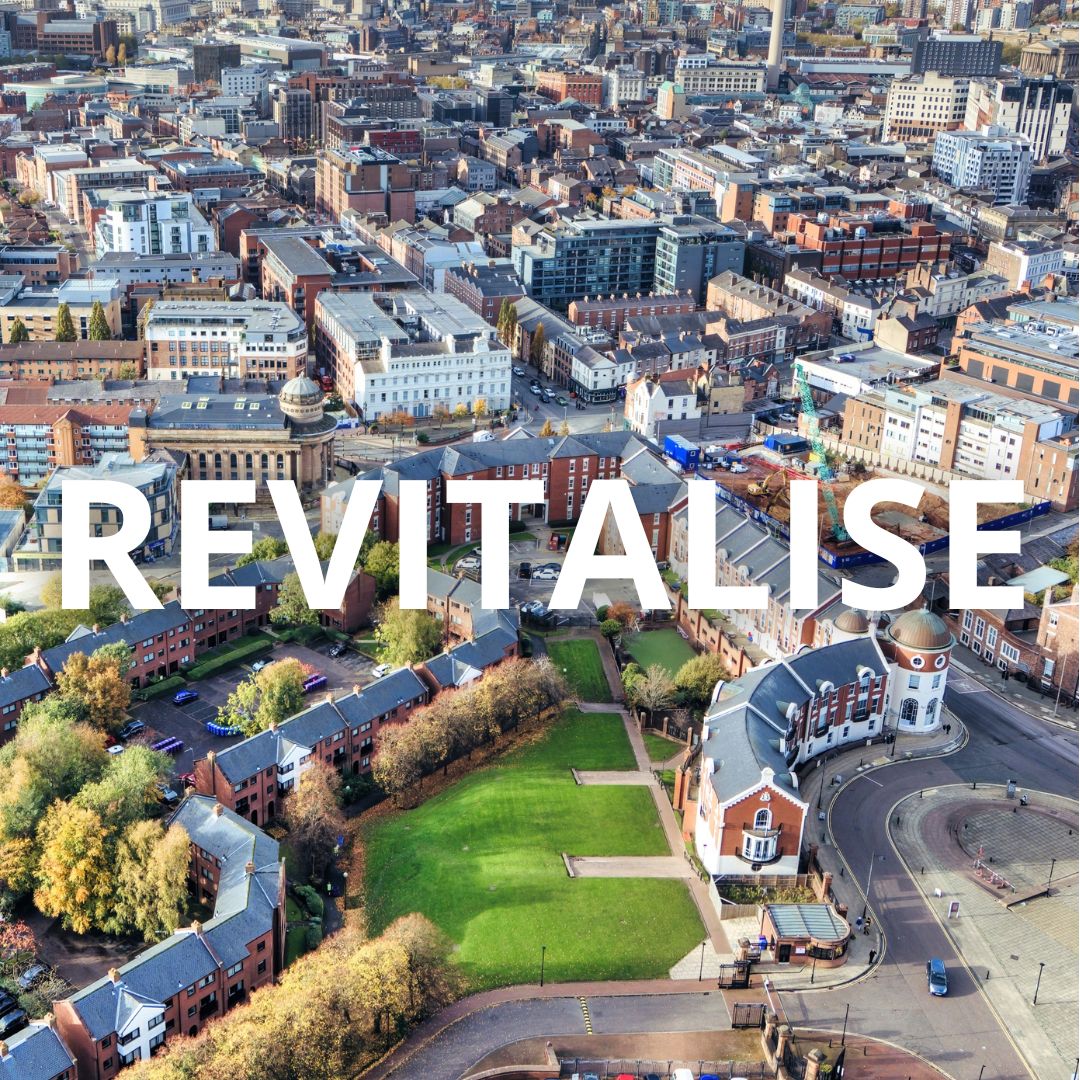
REVITALISE
Revitalise land and assets to minimise further pressure on nature
– Focusing on brownfield site redevelopment
– Conversion of vacant commercial buildings
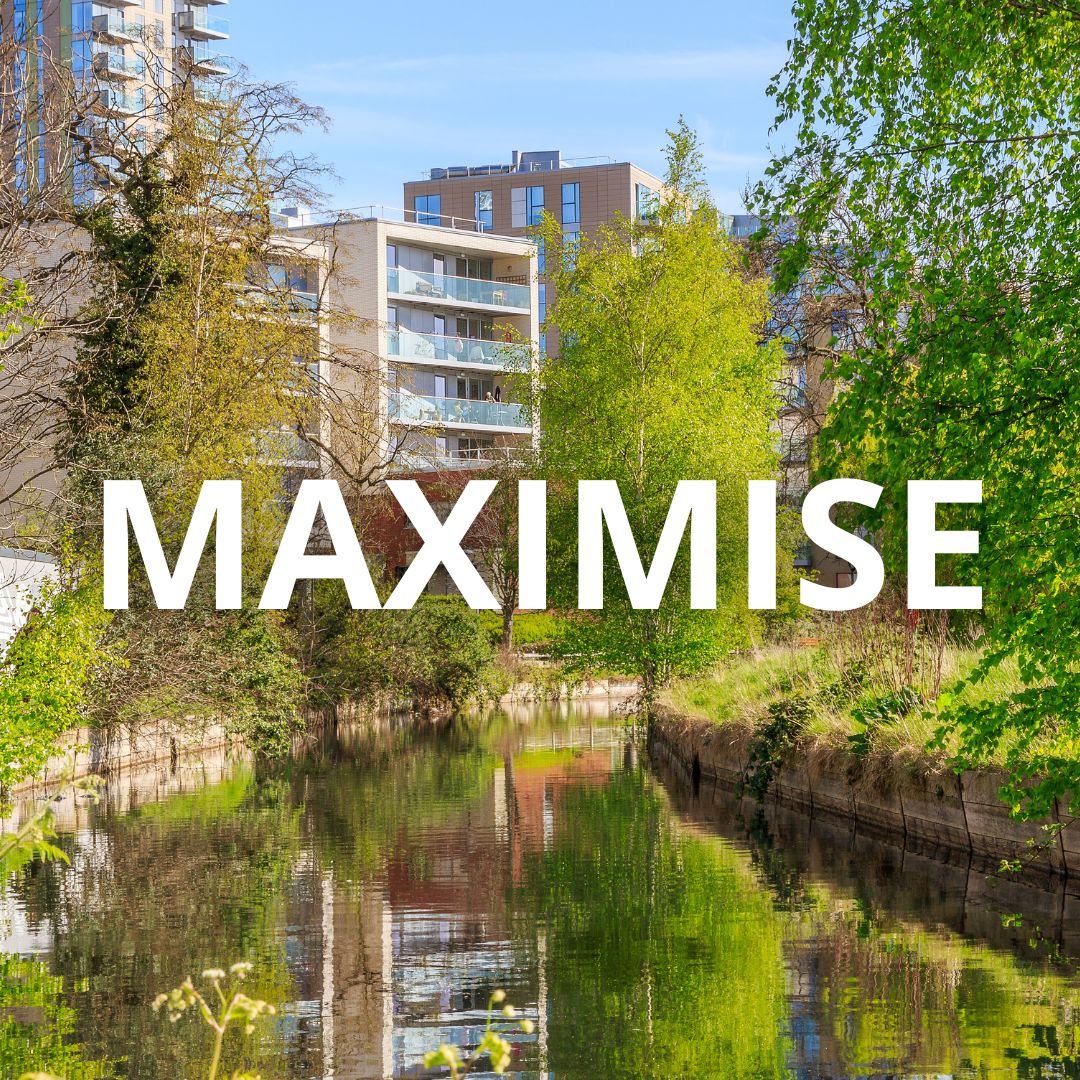
MAXIMISE
Maximise nature in cities to create resilient and vibrant urban landscapes
– Strategically increasing tree canopies
– Expanding green-blue spaces
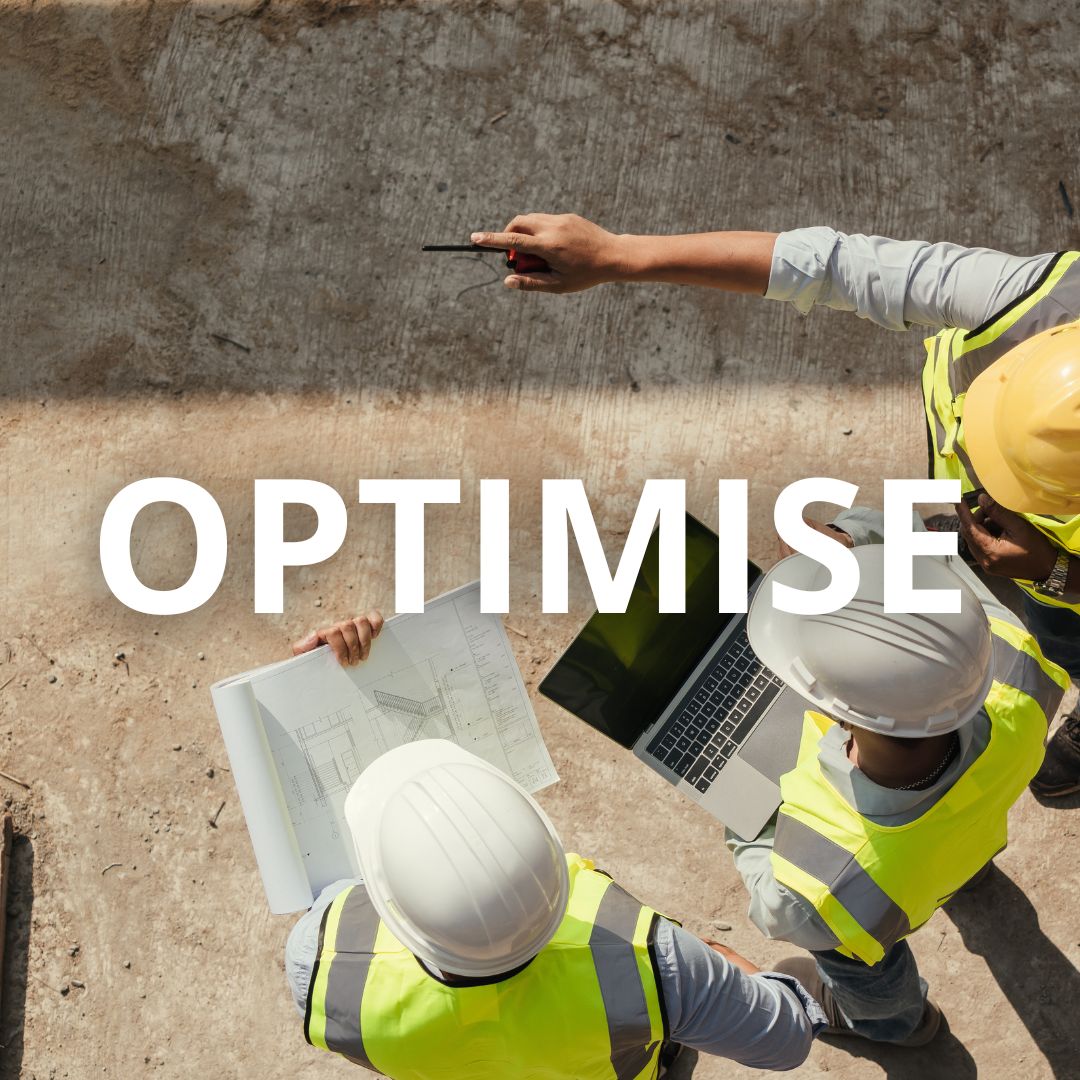
OPTIMISE
Optimise building design and material sourcing to capture economic value, reduce waste, and achieve climate targets
– Employing material-efficient design
– Using low-impact materials
The report urges immediate action to build on recent progress and collaborate with designers, policymakers, businesses, and investors to scale the circular economy using emerging technologies.

